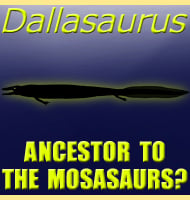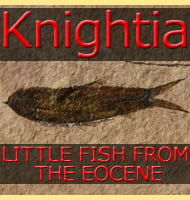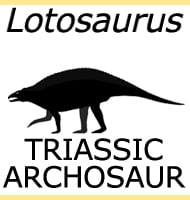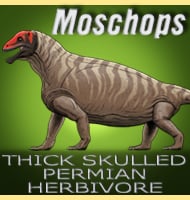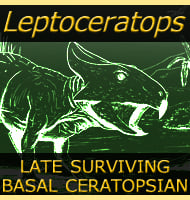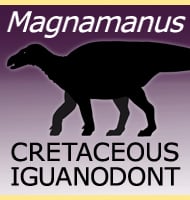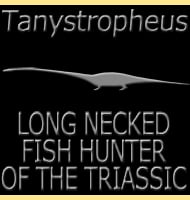In Depth
Palaeoctopus was one of the first prehistoric octopuses ever discovered, and since its discovery fossils of octopuses, and cephalopods in general, have proven hard to find because their soft bodies usually decompose long before they have chance to fossilise. Overtime several fossils have been attributed to this genus, though Mexican fossils once added are now interpreted to be partial fossils of coelacanths. Other examples of prehistoric cephalopod genera include Proteroctopus, Pohlsepia, Styletoctopus, Keuppia and Vampyronassa amongst others.
Further Reading
-On a fossil octopus (Calais Newboldi, J. de C. Sby, MS) from the Cretaceous of the Lebanon, H. woodward - 1896. – A New Palaeoctopus (Cephalopoda: Coleoidea) from the Late Cretaceous of Vallecillo, North-Eastern Mexico, and Implications for the Evolution of Octopoda. – Palaeontology. 51: 1129. – D. Fuchs, C. Ifrim & W. Stinnesbeck – 2008. – Palaeoctopus pelagicusfrom the Turonian of Mexico reinterpreted as a coelacanth (sarcopterygian) sular plate. – Palaeontology. 53 (3): 689. H. P. Schultze, D. Fuchs, S. Giersch, C. Ifrim & W. Stinnesbeck – 2010.

